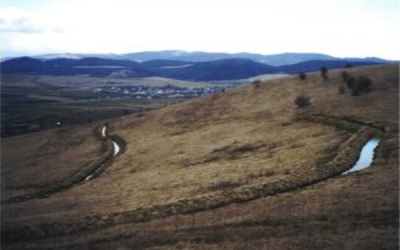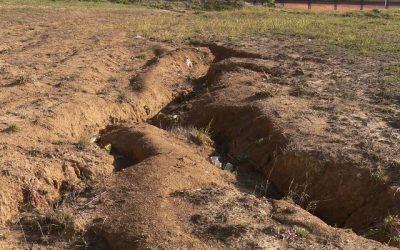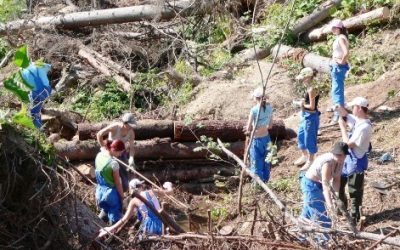situation problem
With the addition of roofed, asphalted and concreted ground surfaces, stormwater runoff to streams is increasing. This not only contributes to increasing flood risks, but also to drying of the land surface. Under cities and towns, groundwater levels are falling, evaporation is decreasing and the extent of the heat island is increasing, where the temperature is often more than 3 °C higher than the outside temperature of cities.
More than 5 million m3 of rainwater is drained annually from an area with 100,000 inhabitants. The cost of sewerage of this rainwater amounts to 5 million €, which was soaked into the soil, replenished the groundwater reserves and evaporated through the vegetation before sealing the earth’s surface, thus cooling the air, humidifying it, cleaning it and sanitising it.
Solution
Collecting rainwater from roofs, roads, parking lots into depressed areas (rain gardens), where rainwater soaks into the soil and the dominant part of this water evaporates into the atmosphere through vegetation, thus cooling the air above the site of the collected rainwater.
Each of us can help clean and cool the air by allowing rainwater on our property to soak into the soil and evaporate.
What you can do?
Take advice on how to do it
Develop a simple design with zero storm water runoff from the property
Make the rain garden as a pleasant place to relax and unwind right next to your house and disconnect from the storm sewer system.
Results
You will save money as you will not have to pay for rainwater drainage (about 100 € per year)
Increase groundwater reserves on your land
Reduce the temperature on your property by about 3°C
Increase humidity on your property
Reduce dustiness and allergens in the air
Create the conditions for a unique ecosystem on your land, this can be the aesthetic jewel of your garden



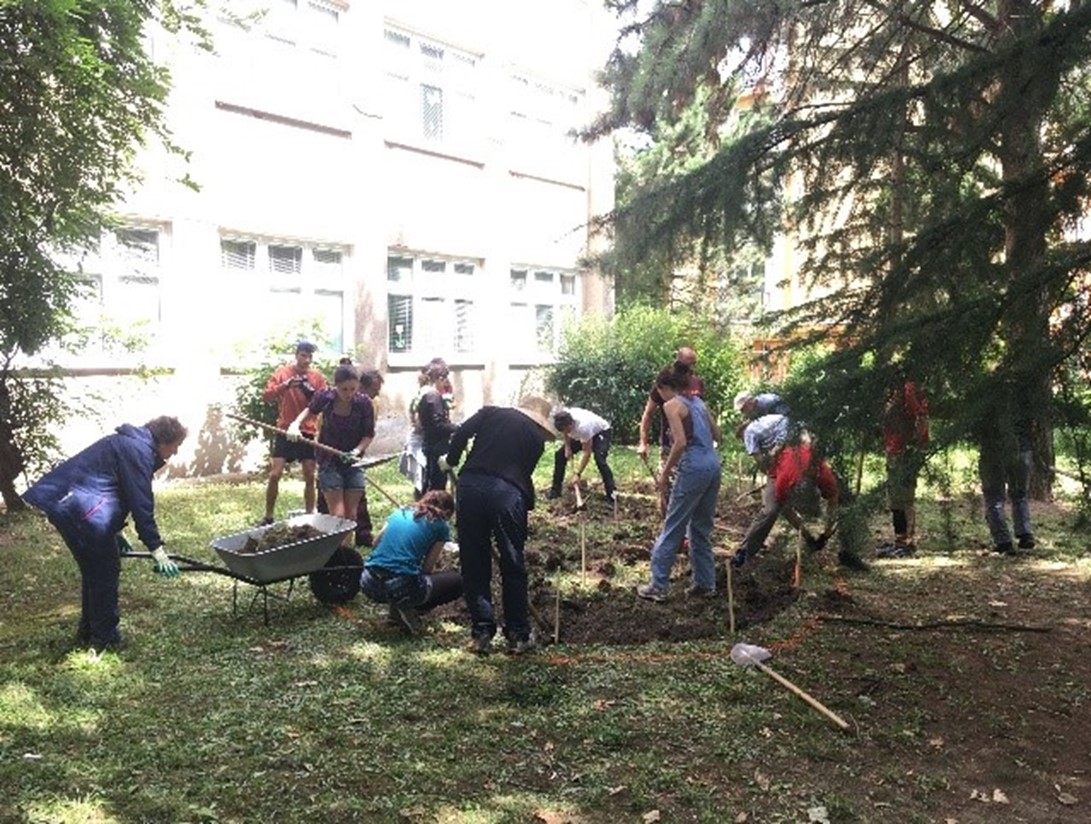

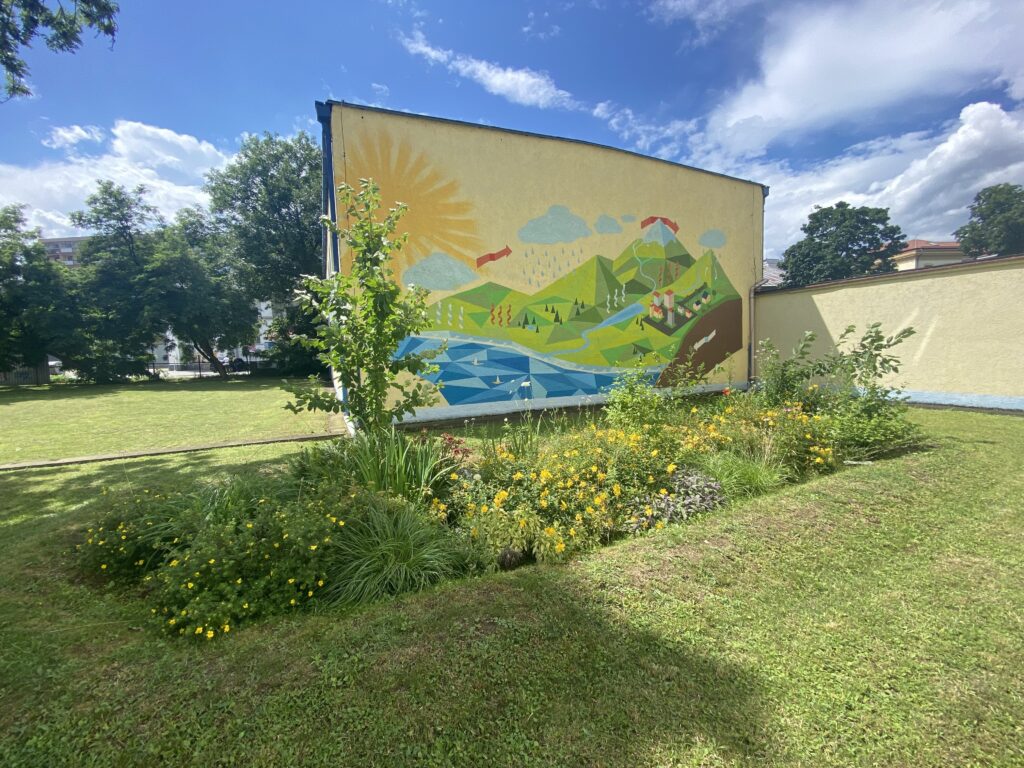
Other Implementations
Tichý Potok
At the beginning of the 1990s, it was planned to build a dam above the Rusyn municipality of Tichý Potok in the basin of the Torysa River. The dam was intended to supply the population of Košice and...
Rainwater Harvesting in the Village of Torysa
In the past, the agricultural landscape in Slovakia was fragmented and diversified. Changes caused by collectivisation and the removal of traditional features such as borders and copses have led to...
Hričov Waterway
The municipality of Dolný Hričov is intertwined with many legends and rich history, thanks to which it has potential for local tourism. However, the forest ecosystem has been severely neglected,...
Water Protocol of Košice
The soil was unable to retain water, resulting in no vegetation growing on the land, which led to an increased risk of flooding. Rainwater ran off without benefit and damaged the ecosystem through...
Blue School
In primary and secondary schools, topics such as climate change, water and health protection and environmental safety are highly discussed. However, children do not have the space to apply their...
The Water Forest
In November 2004, a wind storm swept through the Tatra National Park. It not only left significant material damage, but also uprooted several hectares of forest. The ecosystem was significantly...
Contact us
Send us a message and we will get back to you



